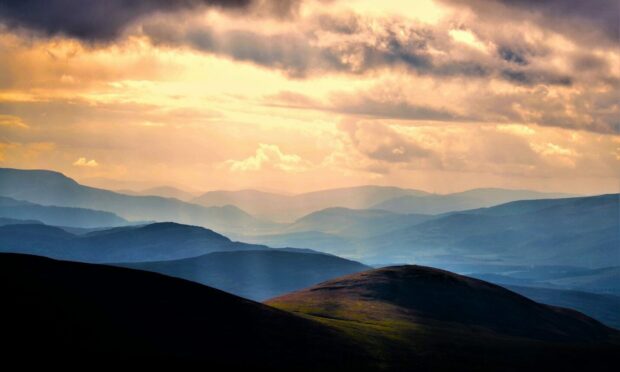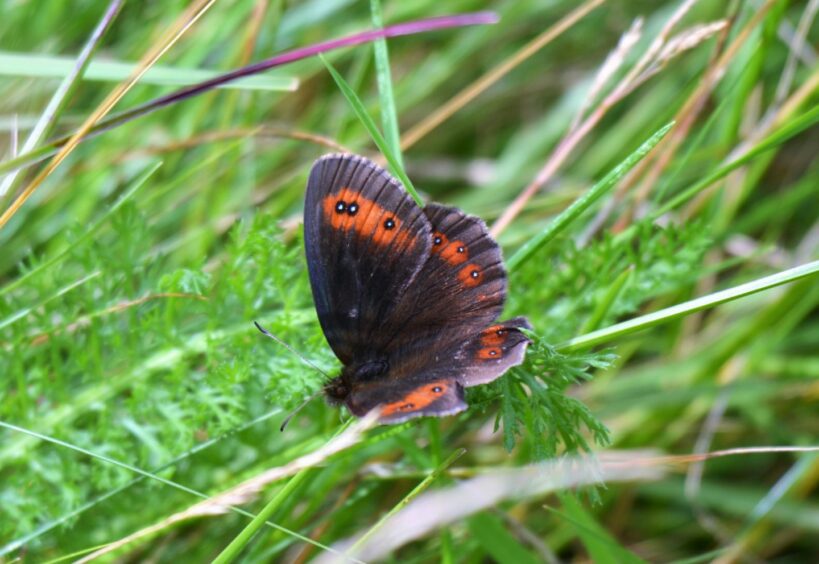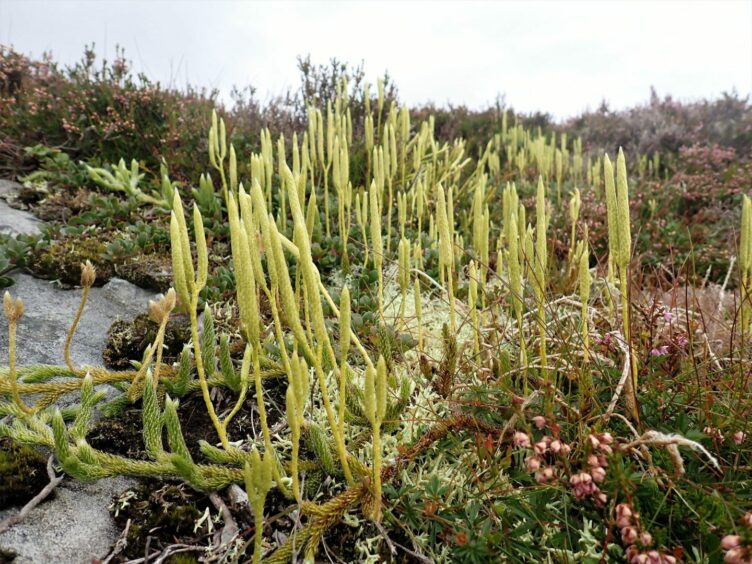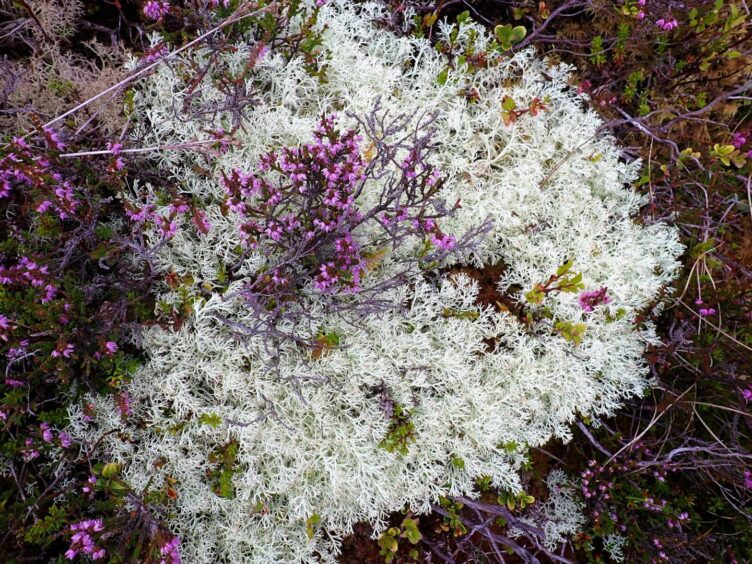As we crested the summit of Carn Dearg Mor in the Cairngorms an hour or so before sunset, a magical panorama of shade-cloaked hill spurs, dancing sunbeams and darkling, rain threatening clouds unfolded before us.
The wonderful thing about camping is that it takes you deep into the mountains at times of the day one would not normally venture into the wilds, and such was the compelling beauty of the scene, we lingered on the top of this remote hill for several minutes.
Accompanied by my friend Robin, we had walked up through Glen Feshie earlier that afternoon, where in the warm summer air, we glimpsed Scotch argus and dark green fritillary butterflies fluttering over flower-spangled meadows, as well as clusters of white field mushrooms.
The Scotch argus is a charming butterfly – appearing almost black when flying, yet at rest and seen up close, the rear edges of the dark wings are patterned with splashes of orange, upon which are set black, white-centred ringlets.
The Scotch argus favours damp grasslands, and there is evidence that these beauties are responding to climate change by slowly moving northwards, with colony losses occurring at the southern edge of their British range.
As we neared our campsite in a narrow glen, a golden eagle soared low over a ridge above us on widespread wings, calling a couple of times with a thin, high-pitched whistle.
Golden eagles are largely silent birds and it was glorious to hear this call of the wild drift across the hills like a haunting lament.
The following morning, we set off at dawn to climb two Corbetts (hills between 2,500 and 3,000ft). As we neared the top of the first one – Leathad an Taobhain – the change in vegetation was most striking.
This top is just below 3,000ft, and on the final approach, the thick flushes of heather, cowberry and blaeberry that predominated the lower slopes rapidly disappeared to be replaced by clubmosses, lichens and low-sprawling crowberry.
This was a truly sub-Arctic environment, yet despite this, life still abounded. The clubmosses were most eye-catching, and are so called because they stick out from the ground like mini green clubs.
I hunkered down to examine a clump more closely, spellbound by their intricate crafting that enables survival in high winds and freezing temperatures.
Also abundant at this high altitude were reindeer moss lichens, which carpeted the hilltop like a silvery sea.
They were incredibly beautiful creations, comprising delicate white fronds that covered the ground in such prolificacy that it appeared as if it was covered by snow.
After Leathad an Taobhain, we headed towards the final hill of the day – Meallach Mor – several kilometres distant. Dark, brooding peat hags hampered our progress, but within their clawing embrace, the white-fluffed heads of bog cotton swayed hypnotically in the breeze.
We stopped for a while to admire their inspirational beauty, which provided the perfect impetus for our weary bodies to embark upon the final leg to the summit.






